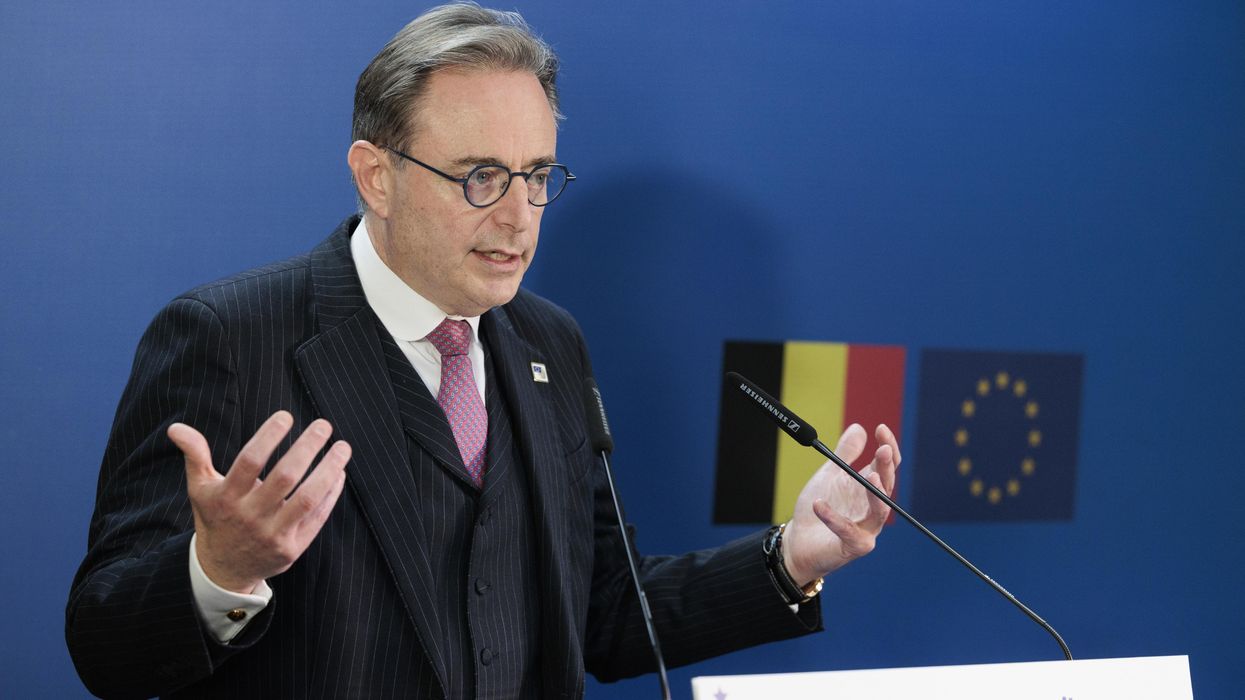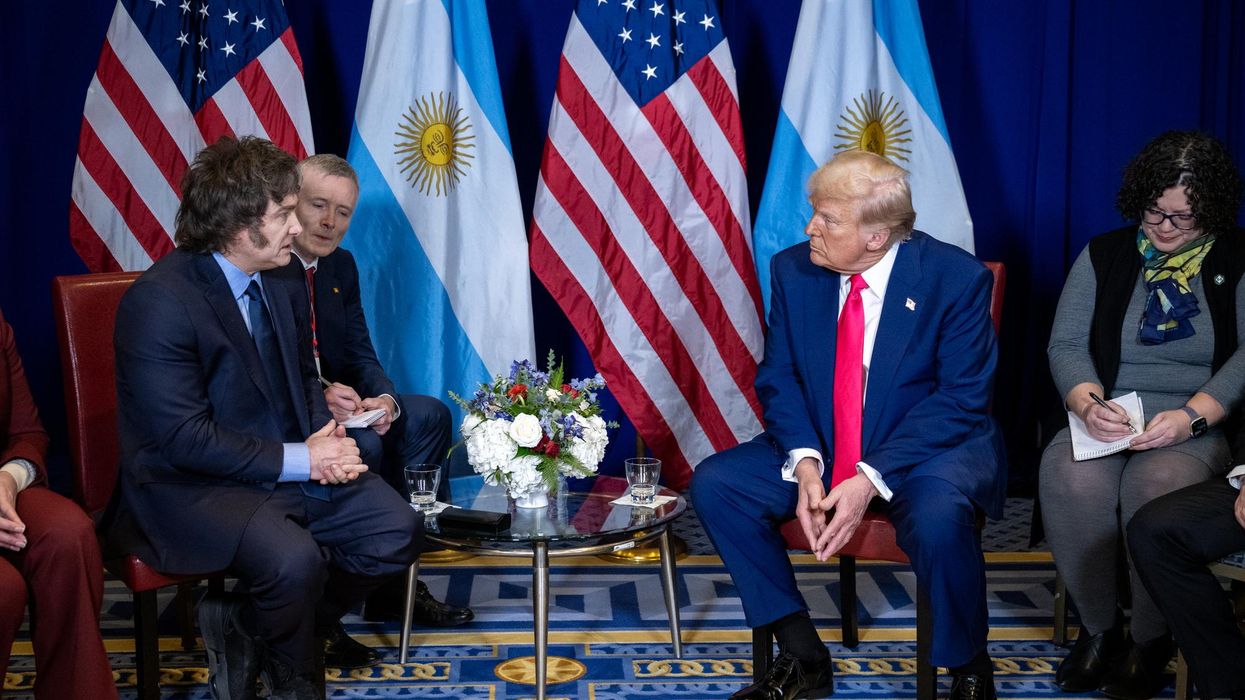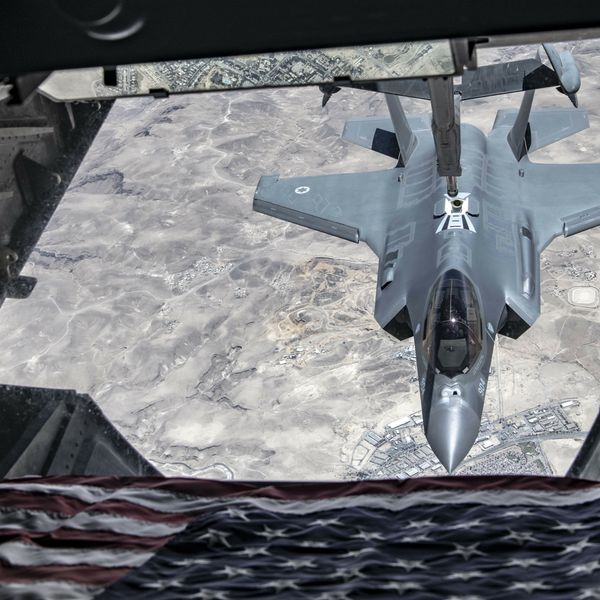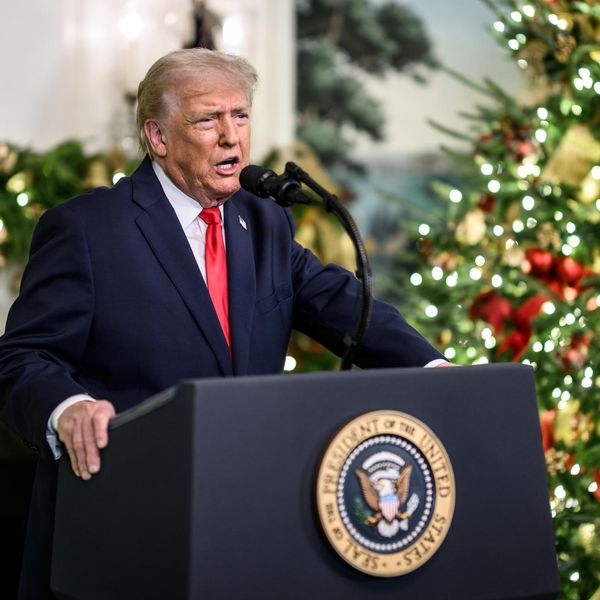Iran’s June 18 presidential election was unlike any other election in the history of the Islamic Republic. It was appropriately referred to by Mostafa Tajzadeh, a leading opposition figure as entesabat-e mohandesi shodeh, or “engineered appointments.”
The reason was that the Guardian Council, the Constitutional body that vets candidates for national elections, rejected 14 candidates put up by the Reformist opposition, including Tajzadeh, and allowed only seven candidates to run, five of whom were hardliners. The other two candidates did not belong to the Reformist camp, but held relatively moderate views.
More than 51 percent of the eligible voters stayed home, which was also totally unprecedented. Of the 49 percent of the voters who actually cast ballots, eight percent were deemed invalid, implying that only 41 percent of the people actually voted for a candidate. Ebrahim Raisi, the hardline Judiciary chief, and a protégé of Iran’s Supreme Leader Ayatollah Ali Khamenei and his son Mojtaba Khamenei, “won” the election.
Raisi’s track record of violating human rights of the Iranian people is well documented. He played a leading role in the execution of nearly 4,000 political prisoners during the summer of 1988. As Tehran Prosecutor from 1989 to 1994, he prosecuted the leading nationalist-religious figures who had played important roles in the 1979 Revolution. During the Green Movement protests of 2009-2010, when he served as the principal deputy of the chief of the judiciary, he declared that the demonstrators should be executed and played a key role in the crackdown that followed. As Prosecutor of the “Special Court for the Clergy” — an unconstitutional and extra-judicial court — from 2012 forward, he has prosecuted dissident clerics opposed to Khamenei’s rule.
This was Raisi’s third important national position in less than four years. How did he rise to power so rapidly? What is not well understood is the role of what is called “beyt-e rahbari” in Iran — the Abode of the Supreme Leader, or the Leader’s “office” — in shaping the hardliners’ view of the world. The close ties between Raeisi and the Abode help explain the role of the latter in the rise of the former. The Abode is run by people with intelligence and security backgrounds. The chief of staff is cleric Mohammad (Gholam-Hossein) Mohammadi Golpayegani, who, from 1979 to 1989, served as Ayatollah Ruhollah Khomeini’s representative in Iran’s Air Force. He is also the father-in-law of Khamenei’s daughter, Boshra.
Khamenei’s chief of security is cleric Asghar (Sadegh) Mir Hejazi, a principal figure in founding the Ministry of Intelligence in the 1980s, who coordinates everything with the Islamic Revolution Guard Corps, or IRGC, and the nation’s intelligence services. Khamenei’s chief personal aide and deputy chief of staff is Vahid Haghanian, known in Iran as Agha Vahid, who is an IRGC officer in the Sarallah Base, the IRGC’s large military base that is responsible for Tehran’s security. He played a leading role in suppressing the Green Movement, as well as in the house arrest (for more than a decade) of its leaders, former Prime Minister Mir Hossein Mousavi, his wife Dr. Zahra Rahnavard, and the former Speaker of the Majlis, Iran’s parliament, Mehdi Karroubi.
Typical of Iranian politics, however, the Abode is not unified. There are fissures within it — except when they stand together against the opposition — with at least two main factions. One is led by Khamenei’s senior foreign policy adviser and former foreign minister Ali Akbar Velayati, a traditional conservative who has been very close to Khamenei for three decades. Velayati supported President Hassan Rouhani in negotiating and approving the JCPOA, the nuclear agreement between Iran and P5+1.
The second faction is led by Khamenei’s ultra-conservative son, Mojtaba. Over the years, Mojtaba Khamenei, who took part in Iran-Iraq war, has established close relations with the aforementioned trio of hardline security men that run the Abode, as well as a faction of the IRGC high command, including former IRGC chief Major General Mohammad Ali Jafari; his successor, Major General Hossein Salami; Major General Yahya Rahim Safavi, Khamenei’s senior military adviser; Brigadier General Masoud Jazayeri, who was former the deputy chief of staff of the armed forces for cultural and propaganda; and Brigadier General Mohammad Reza Naghdi, deputy IRGC commander for coordination. This faction opposes any deviations from hardline policies, both domestic and in the international arena. It also opposes any rapprochement with the West. Raisi has close links with this faction and its military and intelligence figures and is also close to Mojtaba Khamenei who has played the key role in his rise to prominence.
The younger Khamenei has always wanted his own man as Iran’s president. The first time Iranians heard about him was in 2005, when, with his support and that of the IRGC, Mahmoud Ahmadinejad was elected to the presidency. Karroubi wrote a public letter to Ayatollah Khamenei at the time in which he strongly condemned Mojtaba Khamenei’s intervention in politics. Since the younger Khamenei’s support for Ahmadinejad’s reelection was well known, one of the most popular slogans during the Green Movement’s protests that followed the 2009 election was “Mojtaba bemire, rahbari ro nabini” (Mojtaba, you will die and will never be the Leader.) In the 2013 presidential election he favored former nuclear negotiator Saeed Jalili, who lost badly to Rouhani.
It was with Mojtaba Khamenei’s support that the elder Khamenei appointed Raisi in 2016 to the highly important post of Chairman of Astan Quds Razavi in Mashhad, the shrine of Imam Reza, Shiite’s 8th Imam — a foundation with assets estimated at tens of billions of dollars. Immediately after his appointment, senior IRGC officers, including those mentioned above, visited Raisi in Mashhad, paying him the courtesies due a future national leader. That was the first sign that Raisi was a favorite among the hardliners. It was with Mojtaba Khamenei’s support that Raisi ran in the 2017 presidential elections in which, however, he lost to Rouhani in a landslide. And it was with the younger Khamenei’s support that the Guardian Council rejected all the Reformist candidates, including Tajzadeh and the current First Vice President, Eshagh Jahangiri, to set the stage for Raeisi’s election “victory” on June 18.
Raisi’s views reflect those of Mojtaba Khamenei: uncompromising with a black-and-white view of the world. His father-in-law, cleric Ahmad Alamolhoda, who is the Friday prayer Imam of Mashhad, is a close friend of the Supreme Leader. The four men form Iran’s “gang of four,” which, similar to the original Chinese “Gang of Four” who followed Mao Zedong after his death in 1976, rejects the West, particularly the United States. In his first press conference as President-elect, Raisi flatly rejected the possibility of his meeting with President Joe Biden and insisted his government will not negotiate limits to Iran’s ballistic missile program or its support for its allies throughout the Middle East, although he did say that he supported the JCPOA.
Some believe that Raisi is on his way to become the next Supreme Leader. That is highly unlikely. Ayatollah Khamenei and his son support Raeisi because the former may pass from the scene in the near future and wants his son to succeed him. In their view, a Raisi presidency can facilitate a transition to Mojtaba’s rise to the Supreme Leadership.
That remains to be seen, because, if last week’s elections indicated anything, it was that a solid majority of the Iranian people’s reject the hardliners, a rejection that appears to have become stronger and will likely continue to do so unless by some miracle Raisi succeeds in substantially improving the country’s economy in a relatively short period of time. Even in that event, however, the hardliners will have great difficulty running Iran because once the middle class, the engine for positive change in Iran, feels secure economically, it will demand its fundamental human and civil rights, including a democratic republic, as it has for more than a century.
















